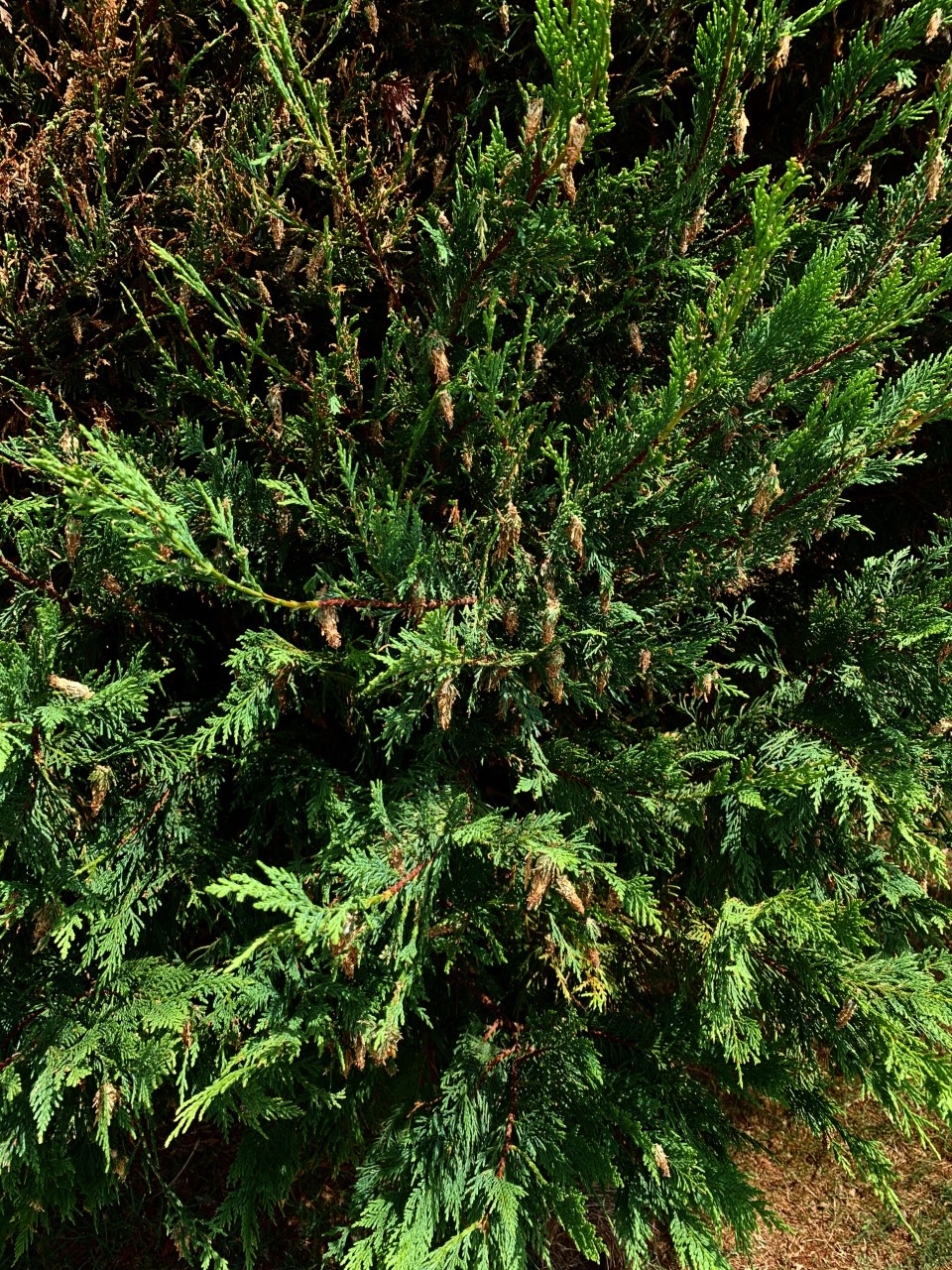
If the evergreen trees in your yard are turning brown or losing needles, bagworms might be the culprit. These insects can wreak havoc on your landscape, so it is important to understand bagworms and the critical timing for treatments. If you need insect treatments for your landscape, contact Ace of Blades in Northwest Arkansas to learn more about landscape treatment options.
What Are Bagworms?
Bagworms are a type of moth best identified by the one to two-inch spindle-shaped bags they create that hang from the branches of a variety of trees or shrubs. Don’t confuse their structures with pinecones! The worms inside these “pinecone” shaped cocoons are extremely damaging to your landscape.
What Is the Bagworm Lifecycle?
Understanding the lifecycle of the bagworm is essential to treating the infestation. The most important milestones in their lifecycle are included below.
- Bagworms begin their lives as eggs inside their characteristic spindle-shaped bags, or cocoons.
- The eggs will hatch in late spring/early summer, and the larvae will venture out to feed on plants and trees, creating new bags. At this stage, the larvae will look like small, black worms.
- The bagworm will continue to feed through late summer until they are fully mature. Then, they appear as black-brown moths with clear wings.
- When fully mature in early fall, the male bagworms will mate with female bagworms (who have never left their protective bag). After mating, both moths will die, and the female will become mummified around the 300-1000+ eggs created.
What Do They Eat?
The main source of food for bagworms are juniper, arborvitae, hemlock, fir, pine, and spruce species. If you notice damage to any of these in your lawn or landscape, bagworms may be the source of the trouble.
How Will I Identify Bagworm Damage?
Depending on the extent of the bagworm infestation, damage can range from minor to total destruction of the foliage. Other telltale signs of bagworms are branch tips turning brown on evergreen trees and small holes appearing on the leaves of deciduous trees.
How Can I Get Rid of Bagworms?
Timing is critical in treatment of bagworms. The optimal time for controlling a bagworm infestation is in late spring/early summer when the eggs are freshly hatched. This is a small window of opportunity, so be sure you contact Ace of Blades to help you time landscape treatments appropriately. Ace of Blades can also advise on the best products for killing infestations as well as protecting against other insects.
The most important thing in protecting against bagworms is to be proactive! If you have any trees in your landscape that may be susceptible, start checking them for old bags in the middle of May. If any are located, get rid of them! You can either dispose of them in garbage bags or squish them (with hopes of destroying any eggs inside). Be sure not to simply remove the bag and drop it on the ground. The industrious bagworm could still find its way back up on to your tree. As spring turns to summer, continue to check your trees for any new bags.
Learn More About Your Lawn Insect Treatment Options
If you’ve identified a bagworm problem in your landscape, or you have questions about what to look for, contact Ace of Blades to determine the best lawn insect treatment options!
